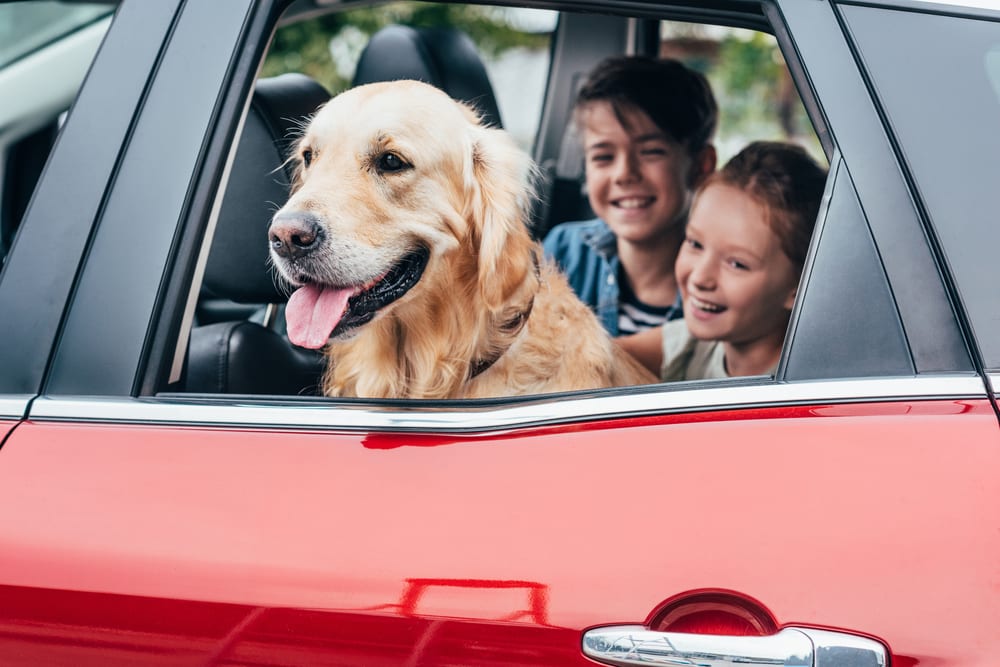
How to Prepare Your Pets and Kids for the Big Move
 You’ve got everything sorted. From listing your property to finding the home of your dreams and signing contracts, it’s all done. Everything but one key step.
You’ve got everything sorted. From listing your property to finding the home of your dreams and signing contracts, it’s all done. Everything but one key step.
You actually have to get from A to B. And whilst this might just be the case of hiring a removals company and driving from old home to new as a single occupant, if you’ve got kids and pets, this process gets a bit trickier.
Don’t worry, though. In this article, we’re going to talk you through what you need to know about moving your kids and pets to a new house. Read on to find out more.
Preparing Them For The Move
As a parent, you’ve got a number of options to help reduce the stress your children and pets might experience.
Before Your Moving Day
One of the best things you can do before the big move is call a family meeting and explain to your kids why you’re moving in the first place. This is the perfect time to talk about any questions or concerns they might have, in a space where they’ll feel secure and safe.
Talk them through what’s going to happen, and tell them you’re going to need their help to make them feel part of things. It only has to be a small job, such as packing up some of their toys, but they’ll feel important.
On Your Moving Day
When the big day rolls around, feel free to give your kids any tasks you think they can handle themselves. Depending on their age, this might be keeping some of their toys safe during the trip, or unpacking some of their belongings into their new play areas.
Make sure you set up your kids’ bedrooms on the first day you arrive at your new property, as this will help them to settle in.
Moving Your Pets
Moving to a new house can be as, if not more, stressful for pets than it is for you. They don’t have the luxury of having the process explained to them, so you need to make it as comfortable as possible.
Before Your Moving Day
If you have a dog and you’re moving across states, you’re going to need to register your pet with the city council. You should also take your pet to the vet to make sure they’re healthy before the big move. There, you can update any microchips and ID tags, as well as discuss any concerns or questions you have about the moving process.
On top of this, you can also ask for recommendations about vets in your new area, as you’ll need to register there shortly after arriving.
If you’re moving by car and your pet hasn’t been in one before, you can do a couple of things to make them feel more comfortable. For example, in the lead-up to the move, let them explore the backseat of your car with the engine turned off. From here, you’ll be able to move to turning the engine on and even taking short trips around the block to help them adjust to a moving vehicle.
On Your Moving Day
Nerves associated with travelling long distances can have an effect on your pet’s bladder, so if you’re going to be in the car for a while, try not to feed them for 6 hours before the move. However, you should still make sure your pet has access to a water supply, so put down newspaper under their cage to mop up any accidents or spills.
Once you’ve arrived, create an area where your animals can stretch their legs. You should keep dogs within a fenced area outside so they can adjust to their new surroundings, but they should have full access to your house.
Cats, on the other hand, should be kept within one room for a few days to adjust with some of their favourite toys and litter. From here, you can gradually introduce them to the rest of the house.